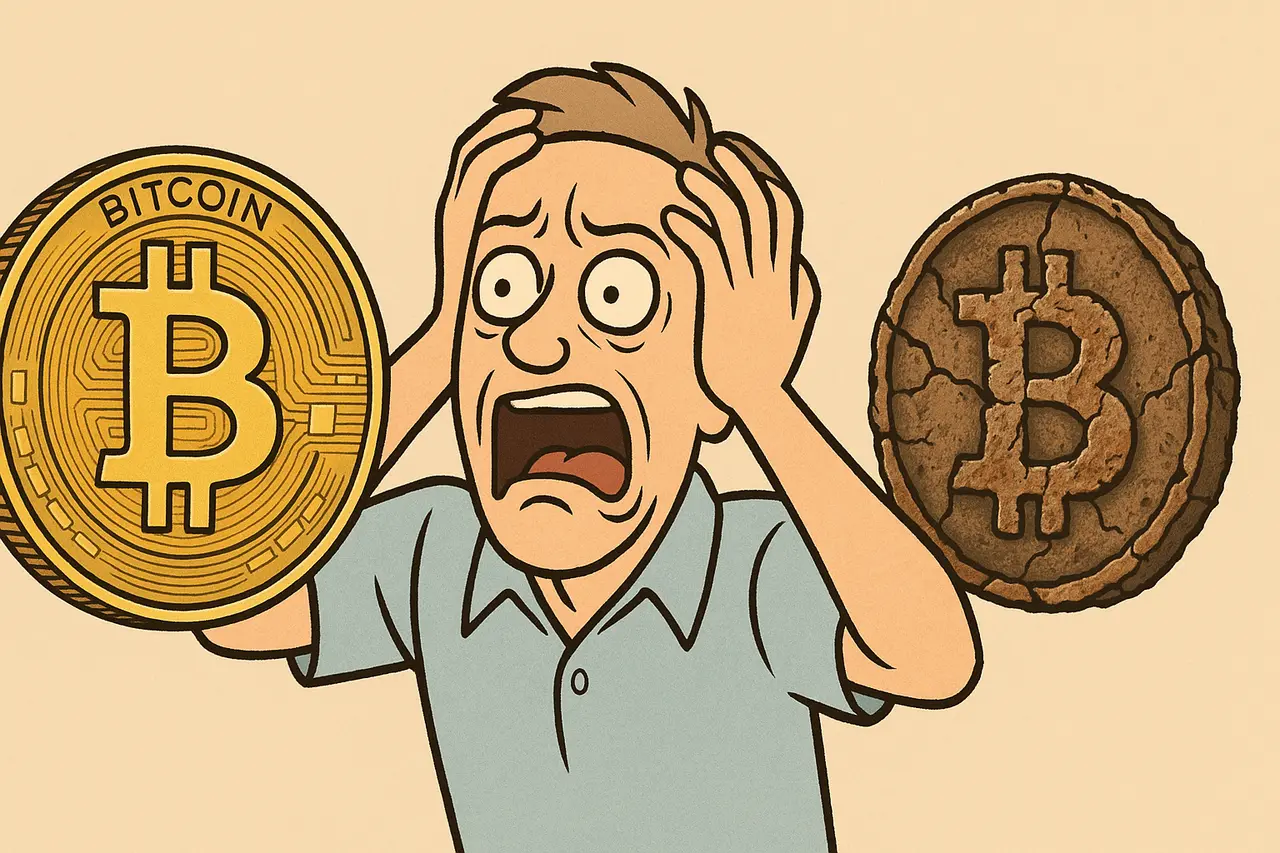Bitcoin Reserves Are Dwindling: Bitcoin Supply on Exchanges Shrinks
In the ever-evolving crypto market landscape, a new report from Fidelity Digital Assets highlights a striking trend: the amount of Bitcoin held on major crypto exchanges is now at its lowest point since 2018.
With only about 2.6 million BTC left on exchanges, this figure indicates a strong tendency for investors to withdraw their assets from trading platforms and hold them privately—a classic sign of an accumulation phase.
According to information we cite from Beincrypto media, this phenomenon has become even more striking since the recent US election, when more than 425,000 BTC were withdrawn from exchanges in just a few months.
The majority of this Bitcoin, according to Fidelity, has ended up in the hands of public entities, such as investment firms and large financial institutions that are starting to build their strategic positions amidst the market ups and downs.
Explosion of Interest from Big-Time Investors
Interestingly, this trend is not only driven by retail investors, but also by large institutional players. Fidelity notes that since the end of 2024, public entities have accumulated more than 350,000 BTC.
Their average monthly purchases reached 30,000 BTC throughout 2025—a figure that reflects high confidence in the long-term potential of this crypto asset.
This increase also shows a shift in attitudes among institutions: from simply exploring the crypto market to a more serious phase of portfolio strengthening.
For many large companies, Bitcoin is no longer considered a speculative asset, but rather part of their global hedging and diversification strategy.
Whale Attitude Change: From Distribution to Accumulation
Not only financial institutions, but also “whales”—the term for large Bitcoin owners—also appear to be changing their strategies.
Data from on-chain analytics platform Glassnode shows a significant shift in behavior since April. If previously they were more likely to sell off their holdings, now whales are starting to accumulate again.
This shift is clearly visible in the “Accumulation Trend” metric, which has increased sharply. Large whales, with holdings of more than 10,000 BTC, show near-perfect accumulation scores.
Meanwhile, the group of medium whales with holdings between 1,000 and 10,000 BTC also began to show consistent buying intensity. The red color on the distribution chart slowly turned green—signaling a re-entry into the long-term accumulation phase.
Bitcoin ETFs and Their Impact on Prices
Meanwhile, the Bitcoin ETF market is also showing positive activity. In the past week, Bitcoin spot ETFs recorded an inflow of US$2.68 billion.
Five consecutive days of significant inflows indicate that interest in this crypto-based instrument is increasing again, especially from established investors who are more comfortable investing through formal and regulated channels.
These funds not only increase market liquidity but also strengthen Bitcoin’s price amidst uncertain macroeconomic conditions.
Consistent inflows into ETFs also reinforce the notion that investors now view Bitcoin as an asset with fundamental value, not just a speculative tool.
Optimistic Projections from ARK and Fidelity
As institutional exposure to Bitcoin increases, long-term projections are also being pushed up.
One of the most striking comes from ARK Invest, which estimates that the price of Bitcoin could reach up to US$2.4 million by 2030—exceeding its previous projection of around US$1.5 million.
This estimate is based on a number of strategic assumptions: Bitcoin’s role as a hedge against global inflation, its potential as a corporate cash reserve, and its function in the decentralized finance ecosystem.
Fidelity itself believes that the accumulation trend by institutional investors will not stop anytime soon, considering that more and more companies are realizing the importance of having Bitcoin exposure in their portfolios.
Behind the Optimism, Retail is Still Haunted by Uncertainty
However, amid the bullish narrative from large institutions, some retail investors are showing a more cautious attitude.
The classic phrase “sell in May and go away” has resurfaced, indicating concerns about the potential for a price correction in the near future.
Global uncertainties, including changes in interest rates and monetary policy in the United States, continue to cast a shadow over short-term investment decisions.
However, for those playing the long game, the large inflows from institutions remain a strong signal of a bright future for Bitcoin.







